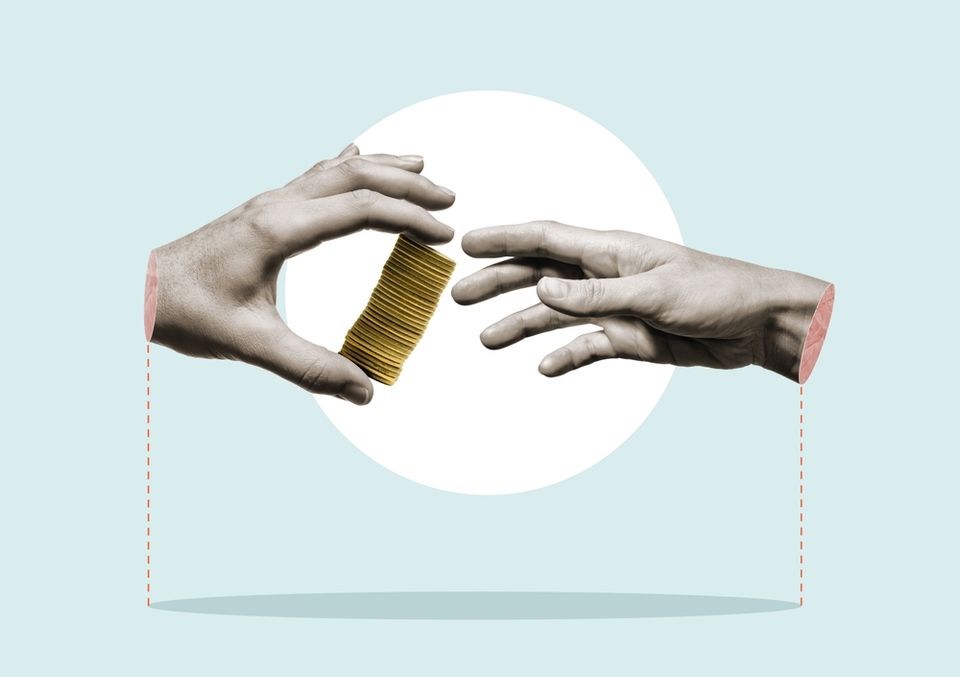
Welcome to the intriguing and opulent world of fine art investments! In this article, we will delve into the complexities and the allure of investing in art—a realm where aesthetic pleasure meets financial acumen. Whether you are a seasoned collector or a curious newcomer, understanding the market dynamics, investment strategies, and the intrinsic value of art can transform the way you perceive investment portfolios. Together, let’s explore the fascinating interplay between art and economics, and discover how to navigate this exclusive market with confidence and insight.
Understanding the Art Market
The art market is a unique beast, functioning on principles that often seem far removed from the more straightforward world of stocks and bonds. Unlike financial markets, which are driven by quantifiable metrics like earnings and interest rates, the art market is deeply influenced by subjective factors such as taste, trends, and the reputation of artists.
To navigate this market, one must first understand its structure, which includes primary and secondary markets. The primary market consists of works sold for the first time, often directly from artists or through galleries. The secondary market involves the resale of artworks, typically through auction houses or private sales. Prices in the primary market are often more accessible, but the secondary market offers the excitement of bidding wars and the potential for significant appreciation.
Investors should also familiarize themselves with art indices like the Mei Moses index or the Artprice index, which track the performance of artworks over time. While these indices provide a broad understanding of market trends, they can never fully capture the unique value of an individual piece of art. Therefore, it’s crucial to conduct thorough research or seek expert advice when considering a purchase.
Evaluating Art for Investment
Investing in art requires an eye for quality and potential. While beauty is in the eye of the beholder, certain factors can indicate whether an artwork is a good investment. These include the artist’s reputation, provenance, rarity, condition, and historical significance.
A reputed artist with a track record of museum exhibitions and critical acclaim is more likely to have works that appreciate in value. Provenance—or the artwork’s history of ownership—can also add value, particularly if it has been in the hands of well-known collectors or has a storied past. Rarity is another crucial factor, as unique or limited-edition works are typically more sought after than mass-produced pieces.
The condition of the artwork is essential for maintaining its value, with well-preserved works fetching higher prices. Historical significance, such as an artwork’s influence on a movement or its representation of a pivotal moment in art history, can further enhance its investment potential.
Timing and Strategy in Art Investment
Like any investment, timing is key in the art market. Buying at the right moment and holding onto a piece for the optimal period can yield substantial returns. But how do you know when the time is right?
One strategy is to invest in up-and-coming artists whose work is gaining traction but who have not yet reached the peak of their popularity. This requires staying abreast of the contemporary art scene, attending gallery shows, and following art news.
Another approach is to look for undervalued periods or genres. For instance, Old Masters were once out of favor compared to contemporary pieces, but their market has seen a resurgence. Similarly, certain art styles may fall in and out of favor, presenting opportunities for savvy investors.
Diversifying your art portfolio is also wise, just as you would with stocks. Spread your investments across different artists, periods, and styles to mitigate risk.
The Role of Due Diligence and Expertise
Due diligence is paramount in art investment. Before purchasing an artwork, verify its authenticity, condition, and legal status. Forgery and theft are unfortunate realities in the art world, and buying a problematic piece can lead to financial and legal headaches.
Seeking expertise is highly recommended, whether from art advisors, auction house specialists, or appraisers. These professionals can provide valuable insights into the quality and value of a piece, as well as help navigate the complexities of the market.
An art advisor can also assist in building a coherent collection that reflects your personal tastes while focusing on investment potential. They can help you keep an eye on market movements, upcoming artists, and significant trends that could impact the value of your collection.
Long-Term Perspectives and the Joy of Collecting
Investing in art is often a long-term game. Unlike stocks that can be bought and sold in seconds, art investments typically require patience. It can take years, if not decades, for artworks to appreciate significantly. Therefore, a genuine appreciation for the art itself can make the investment journey more enjoyable and rewarding.
While financial returns are important, the joy of collecting and the cultural value of art should not be understated. Art enriches our lives, sparks conversations, and often holds historical or personal significance. As an investor, you become a custodian of culture, contributing to the preservation and appreciation of artistic heritage.
Investing in art is as much an art as it is a science. It involves research, strategy, and an understanding of market dynamics, but also intuition, passion, and a love for beauty. By approaching art investment with both discernment and enthusiasm, you can enjoy the dual rewards of financial gain and cultural enrichment. So go ahead, immerse yourself in the world of fine art investments, and let your collection be a testament to the enduring interplay between art and prosperity.